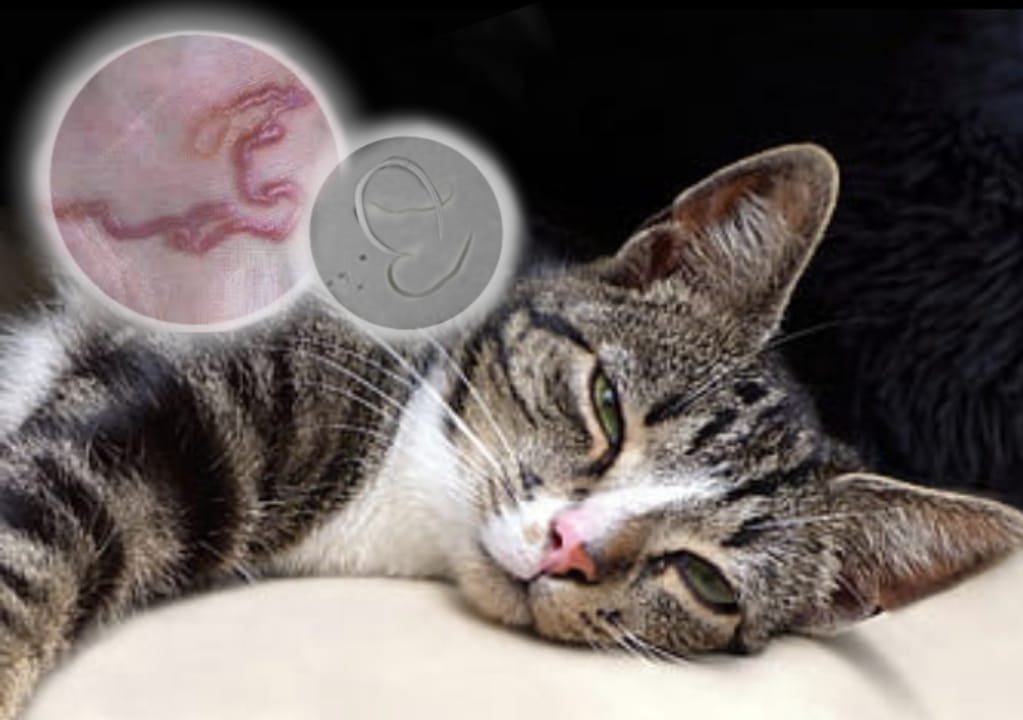ANALYSIS OF EARPHONE SWAB MITOCHONDRIAL DNA AS AN ALTERNATIVE MATERIAL FOR IDENTIFICATION EXAMINATION
Downloads
Affoed RL and Caskey CT (1994). DNA analysis in forensic disease and animal identification. Curr Opin Biotech 5, 29-32
Campbell KH, McWhir J, Ritchie WA, Wilmut I (1996). Sheep cloned by nucleartransfer from a cultured cell line. Nature 380, 64-66
Gabriel MN, Huffine EF, Ryan JH, Holland MM, Parsons (2001). Improved mtDNA sequence analysis of forensic remains using a “mini primer set” amplification strategy. J Forensic Sci 46, 247-253
Idries AM (1997). Pedoman Ilmu Kedokteran Forensik, edisi pertama, Jakarta, Penerbit Binarupa Aksara
Jeffreys AJ, Wilson V, Thein SL (1985). Individual-specific fingerprints of human DNA. Nature 316, 76-79
Kusuma SE (2004). Perkembangan mutakhir deteksi paternitas dengan teknologi DNA. Lembaga Penelitian dan Pengabdian Masyarakat, Universitas Airlangga. Unpublished.
Notosoehardjo I (2001). DNA Forensics: paternity test, past, present, and future. J For Scien VIII, 34-45
Parsons Tj and Coble MD (2001). Increasing the forensic discrimination of mitochondrial DNA testing through analysis of the entire mitochondrial DNA genom. Croat Med J 42, 304-309
Seo Y, Uchiyama T, Matsuda H, Shimizu K, Takami Y, Nakayama T, Takahama K (2002). Mitochondrial DNA and STR typing of matter adhering to an earphone. Journal of Forensic Science 47, 605-608
Sullivan KM, Hopgood R, Gill P (1992). Identification of human remains by amplification and automated sequencing of mitochondrial DNA. Int J Legal Med 105, 83-86
Syukriani Y (2012). DNA Forensik, Jakarta, PT Sagung
Wallace DC (1997). Mitochondrial DNA variation in human evolution, degenerative disease and aging. American Journal of Human Genetic 57, 201-223
-
Folia Medica Indonesiana is a scientific peer-reviewed article which freely available to be accessed, downloaded, and used for research purposes. Folia Medica Indonesiana (p-ISSN: 2541-1012; e-ISSN: 2528-2018) is licensed under a Creative Commons Attribution 4.0 International License. Manuscripts submitted to Folia Medica Indonesiana are published under the terms of the Creative Commons License. The terms of the license are:
Attribution — You must give appropriate credit, provide a link to the license, and indicate if changes were made. You may do so in any reasonable manner, but not in any way that suggests the licensor endorses you or your use.
NonCommercial — You may not use the material for commercial purposes.
ShareAlike — If you remix, transform, or build upon the material, you must distribute your contributions under the same license as the original.
No additional restrictions — You may not apply legal terms or technological measures that legally restrict others from doing anything the license permits.
You are free to :
Share — copy and redistribute the material in any medium or format.
Adapt — remix, transform, and build upon the material.







































